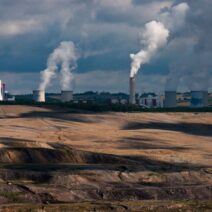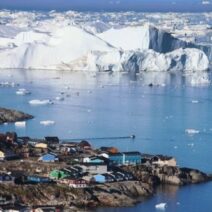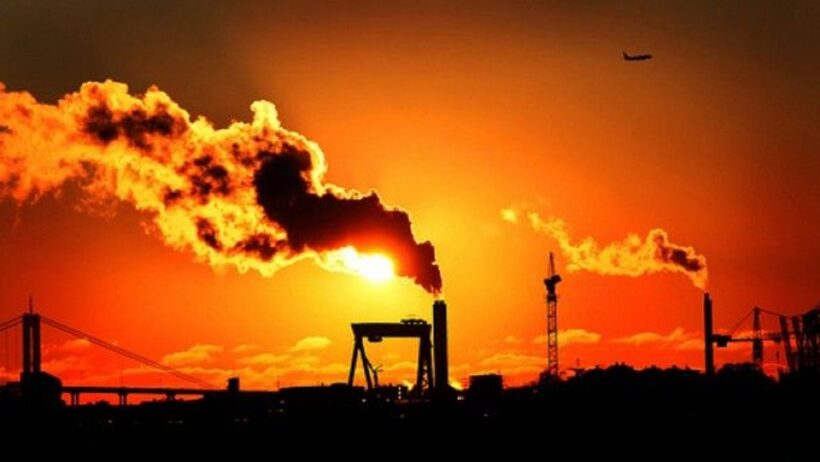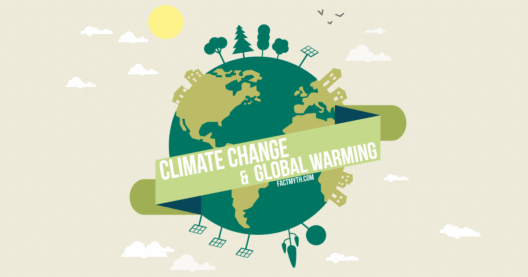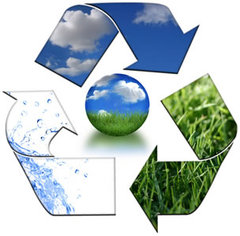Global warming often conjures images of melting ice caps and rising sea levels, but could it paradoxically lead us toward another ice age? This question opens a Pandora’s box of scientific inquiry and common misconceptions that need to be unraveled. The relationship between global warming and ice ages is complex, and oversimplifications can lead to public confusion. Let’s delve into this intricate topic to separate fact from fiction, revealing the nuances of Earth’s climatic dance.
The Earth has experienced several ice ages throughout its history, which are characterized by significant drops in global temperatures and extensive glacial coverage. One might wonder: if global temperatures are rising due to human activity, how could this lead to another ice age? The short answer lies in understanding the intricacies of climate systems, ocean currents, and atmospheric dynamics.
To better grasp this relationship, we need to explore how global warming can influence cooling patterns. As ice melts in the Arctic, for instance, there’s a significant influx of freshwater into the North Atlantic Ocean. This phenomenon can disrupt the Atlantic Meridional Overturning Circulation (AMOC), a vital component in regulating climate. The AMOC works like a conveyor belt, transporting warm, salty water from the tropics northward, where it cools and sinks, contributing to the warmer European climate. If this current were to weaken due to fresh water influx, it could lead to chilling temperatures in Europe and North America, akin to a mini ice age.
Consequently, it may be tempting to correlate higher global temperatures with imminent ice ages, but it’s essential to recognize that these are manifestations of a volatile climate system. Extreme weather patterns may indeed occur as a response to global warming. For example, scientists have observed that while the global average temperature rises, regional weather can experience dramatic fluctuations, such as increased snowfall in colder regions, which may give the illusion of increasing ice cover despite overall warming.
The Influence of Carbon Dioxide on Long-Term Climate Dynamics
It is crucial to acknowledge the role of carbon dioxide (CO2) and other greenhouse gases in shaping long-term climatic conditions. An increase in these gases leads to a multitude of effects, including enhanced greenhouse effects that trap heat within Earth’s atmosphere. Historically, periods of high CO2 in the atmosphere have coincided with warmer global temperatures. However, there are also periods in Earth’s geology when the climate cooled substantially, illustrating that climate is influenced by more than just atmospheric composition.
Interestingly, geological events such as volcanic eruptions can contribute to significant short-term climate altercations. Massive eruptions can inject ash and sulfur dioxide into the atmosphere, reflecting sunlight and triggering cooling effects. For example, the eruption of Mount Tambora in 1815 led to the “Year Without a Summer,” showcasing how volatile Earth’s climate can be even in the absence of climate change. Thus, understanding past climate data is vital for predicting future trends, but these processes often involve varying timelines and responsivity.
The Present-Day Challenge: Misconceptions and Misinformation
Misconceptions around global warming often flourish in a landscape of misinformation. One of the prevalent myths is the belief that global warming negates the possibility of ice ages altogether. This is simply not true. Climate change is a multifaceted phenomenon, and while rapid warming may seem like an unlikely precursor to an ice age, the mechanisms at play indicate that climate can rapidly oscillate between extremes.
Moreover, this pervasive myth can hinder effective discourse on climate action. If global warming is perceived as merely leading to warmer climates, the urgency to address its effects diminishes. When people understand climate change as a spectrum of potential outcomes—including the risk of sudden chilling effects—they may become more motivated to mitigate its impacts. The core message should revolve around adaptation and resilience, allowing for a more informed public dialogue on necessary responses to climate threats.
The Interplay of Feedback Loops in the Climate System
Another underpinning theme within climate science is the concept of feedback loops. Melting ice leads to reduced albedo—the measure of how much sunlight is reflected by the Earth’s surface—meaning less heat is reflected back into space. Consequently, more heat is absorbed, accelerating warming. This feedback mechanism emphasizes the intertwined nature of global warming, sea level rise, and potential regional cooling phenomena. The climatic impact of such feedback loops is profound, contributing to unpredictable and sometimes severe weather conditions.
Ultimately, the pathway from global warming to cooling trends may not be a straightforward one. Rather, it is a hypothesis saddled with uncertainties that researchers are actively investigating. By fostering a clearer understanding of how climate dynamics operate, society can better prepare for and respond to emerging challenges.
In conclusion, while global warming primarily leads to elevated temperatures on a planetary scale, its consequences may manifest descriptions of an ice age scenario in specific regions under certain conditions. The scientific community continues to unravel the web of complexities, but awareness and knowledge are crucial. Public understanding often hinges on addressing myths and misconceptions surrounding the issue. This awareness not only influences policy decisions but also shapes cultural narratives around our environmental stewarding commitments. Now, as we consider the future of Earth’s climate, it’s time to engage with the realities—both warm and cold—acting as conscientious caretakers of our planet.
